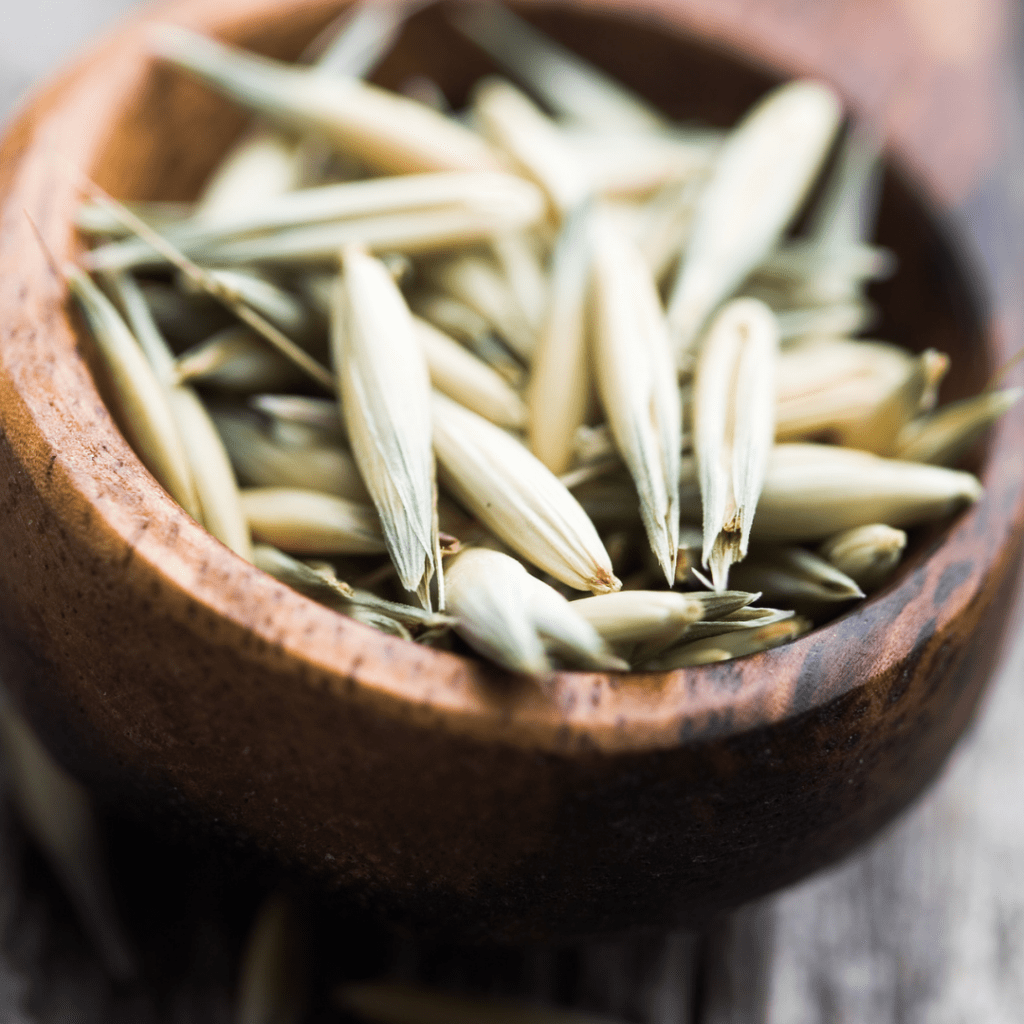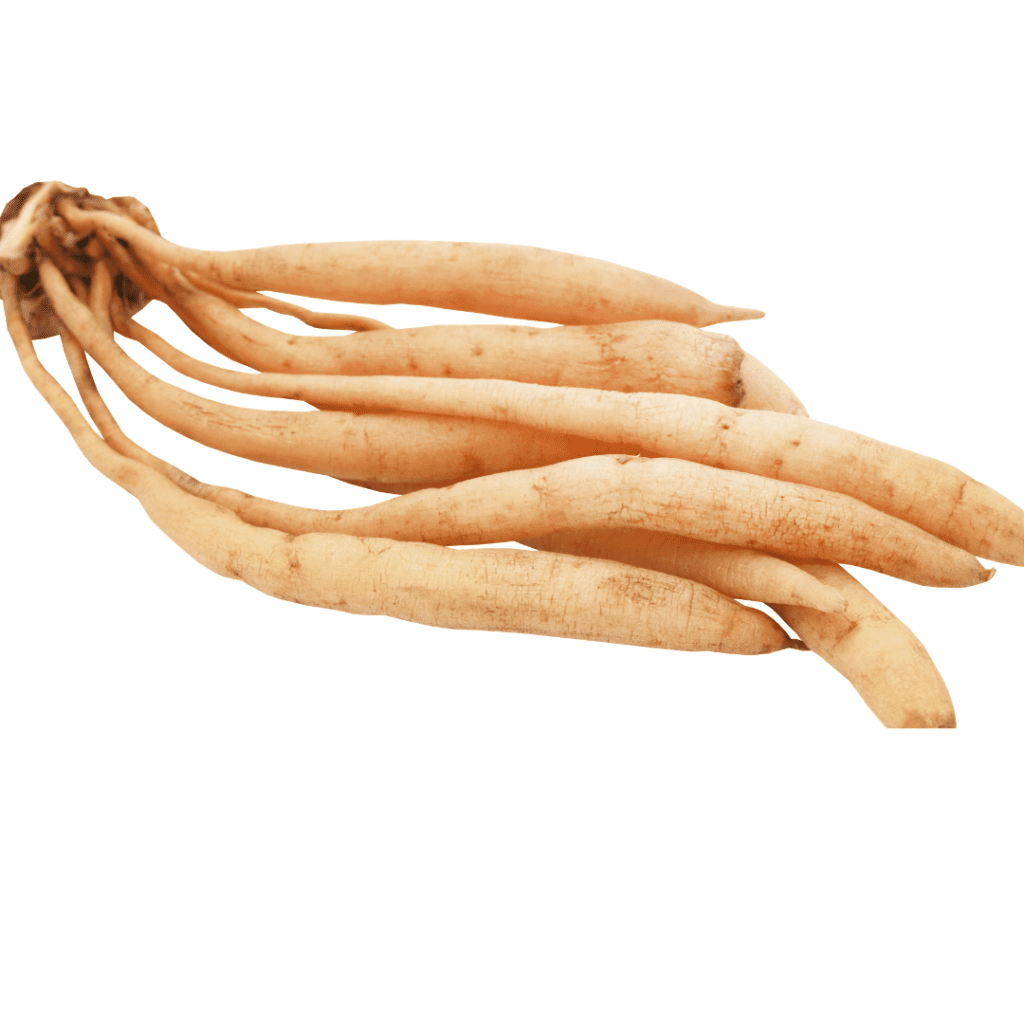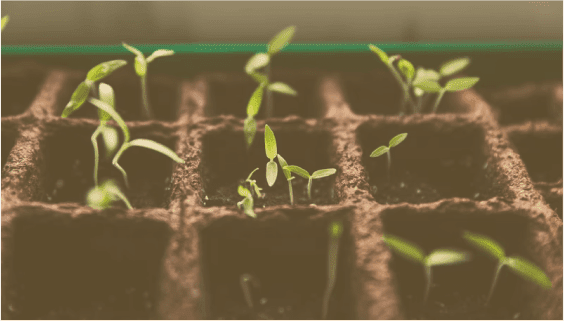Alluring botanicals that titillate, seduce, and arouse
What turns you on? That’s like asking a herbalist what their favorite plant is! Generally, explorations of plants in this category come up most around Valentines Day. People receive roses and sexy underwear, and are supposed to celebrate love and intimacy on Feb 14. This holiday has a complicated history and my first bit of encouragement is to liberate yourself from feeling forced to be sexy on a certain day! Each of us has our own particular turn-ons and turns-offs.
The ancient Roman, pagan festival of Lupercalia was celebrated around Feb 15, and it is believed that creating Valentine’s Day was a way to Christianize this rowdy fertility and purification festival. Lupercalia included flogging consensual women to ensure fertility– as well as blood sacrifices and a lottery to decide who was going to bed together that night. The first “Valentine” cards can originally be seen in love messages on clay tablets around this festival in February. The Christianization of this festival included making Feb 15 a feast day of the Virgin. It is believed that there were a few St Valentines and one was thought to have been imprisoned and beheaded by a pagan Roman emperor for secretly marrying people as Christians and going against Roman religious laws at the time.
Sulpicia, a first century BC Roman poet describes the festival:
“At last love has come. I would be more ashamed
to hide it in cloth than leave it naked.
I prayed to the Muse and won. Venus dropped him
in my arms, doing for me what she
had promised. Let my joy be told, let those
who have none tell it in a story.
Personally, I would never send off words
in sealed tablets for none to read.
I delight in sinning and hate to compose a mask
for gossip. We met. We are both worthy.”
The roots of the holiday can be celebrated a number of ways. I prefer to think of this day as a time to fully accept yourself, your body, your mind, and your path as unique and your own. Its a good time to practice radical self-love, and acceptance in whatever form that takes. Its not a time to compare yourself to others, or have expectations of others.
Aphrodite is a Greek goddess of Love, associated with the Roman goddess Venus(mother of Cupid). Aphrodisiacs, are thought to be foods, herbs, and other substances that stimulate sexual desire. As much as food is medicine, food is also love, so you will see some of the recipes that include herbal aphrodisiacs can be incorporated into some delicious recipes that you can find in our Recipes for Resistance Library. Herbal aphrodisiacs can usually be put into the following categories of herbs. If you want to find out more, you can read about some of these in our Materia Medica Library
Herbs that Influence Hormones
Herbs may influence our reproductive hormones and can influence sexual desire and libido. Using these plants are not a straight shot, and we must remember that animal hormones and plant hormones are not similar enough to be effective the same way for people every time. These herbs may trigger reproductive hormones and studies have found some guide to their effectiveness but they require experimentation. I have found that everyone has their own relationship with hormonal herbs.
Testosterone: There seems to be a connection between individuals with higher levels of testosterone having higher levels of sexual desire. There is controversy over whether this is true for CIS females, especially postmenopausal.
Estrogen: Though estradiol has shown to increase desire in CIS females, it may be even more effective if combined with testosterone for postmenopausal individuals. Estrogen levels also affect vaginal lubrication.
Progesterone: may act as an anaphrodisiac
Oxytocin: May intensify orgasms and make one feel more bonded.
Herbs in this category can include:
Shatavari, Wild Yam, Cotton Root, and Damiana
See more in our Materia Medica Library
Stimulating Herbs
Analeptic: A substance that affects the Central Nervous System, usually through stimulation and sympathomimetic activity.
Aromatic: Stimulating to our limbic system, and activates a very primal nature in us Smell can trigger libido, especially when related to food
Circulatory/Diffusives/Rubefacients: Blood Movers that can draw blood to various areas of the body, which can enliven the area. Can be used internally and topically.
Herbs in this category can include
Yerba Mate, Damiana, Cinnamon, Vanilla, Cayenne, Prickly Ash, Rosemary, Spilanthes
See more in our Materia Medica Library

Relaxing and Euphoric Herbs
Calming: agents that are sedative, trophorestorative,and euphoric, calming the nervous system. Being stressed out can definitely put a damper on your sex life. With aphrodisiacs consider that you may not want to delve into the hypnotic category. Some of the herbs can actually stimulate and relax the body, especially if we are using herbs that offer relief as diffusives or diaphoretics. If the tissues are full and stuck, and you take a herb that helps to release this the body can then relax.
Herbs in this category can include:
Wild Oats, Kava Kava, Chocolate, Cannabis, Rosemary, Rose and other Aromatics
See more in our Materia Medica Library

Restorative Herbs
Adaptogen: herbs that improves your body’s ability to adapt to stress, many seem to affect the immune and/or nervous system.
Trophorestoratives to the Nervous System: Herbs that restore balance to the nervous system
Nutritive Plants: Feed the body concentrated amounts of micronutrients that may rebuild and restore ones body, indirectly assisting with libido.
Side note: in Ayurveda there are specific classes of Rasayanas for this purpose
Herbs in this category can include:
Nettles Lf or Sd, Oat Grass or Sd, Panax ginseng, Eleuthero, Ashwaganda
See more in our Materia Medica Library

Demulcent Herbs
Herbs that form protective, slimy coating or film over mucous membranes may assist in sexual encounters. Lubrication and being juicy is important.
Herbs in the category can include:
Shatavari, Violet Leaf, Marshmallow, Cotton Root
See more in our Materia Medica Library
Lifestyle considerations when using herbs
How do we set the stage for sexy encounters? Where are you at emotionally? Are you on any drugs that could be affecting your libido?
Deal with your own past trauma, and/or issues that haven’t been resolved in a partnership.
Clean up the bedroom. Make time for sexy time! Add ins: candles anointed with aromatic herbal oils, fresh flowers no pesticides(NO ROSES UNLESS THEY ARE ORGANIC!!), essential oil diffusers. Make sure your preparations are easy to get to, and easy to use. To create the right Love spell, you must create if with intent. Scent and sight plays a role! Use yummy smelling spritzers and incense or create an erotic feasts using herbal aphrodisiacs with foods known for their aphrodisiac qualities, like oysters, avocados, figs, and berries. Here is a recipe for a sexy bath to celebrate yourself and practice self-love!
Sexy Bath Recipe

As much as Lupercalia(Valentine’s Day) are about love and or libido, it is also a purification festival, so what better way to enjoy this than with a bath?
- Light red candles.
- Pour in two cups of scented Epsom salts using aromatic herbs like Roses, Jasmine, or Ylang Ylang to your bath water (see our recipes for Resistance Library)
- Add 1bag of herbs that include Rose Petals, Jasmine, Oats, and Rosemary with a few extra dried flowers sprinkled on top of the bath
- Put on some relaxing music, like Ambient, R&B, or anything that feels sexy to you.
- Meditate on your second chakra(creativity and the color orange)
- Repeat positive affirmations to yourself out loud: I am love, I am sexy, I am beautiful, and I deserve love.
- When you finish your bath, put on your favorite robe and some slippers and go drink some hot tea.
Margi Flints Ride and Glide Balm
Erotic Massage Oil–In our Recipes for Resistance Library
Edible Herbal Love Recipes In our Recipes for Resistance Library
First Date Kava Cocktail In our Recipes for Resistance Library
All Night Long Elixir In our Recipes for Resistance Library
Sources referenced:
The Oxford Dictionary of Classical Myth and Religion (2003) Ed Simon Price and Emily Kearns. Oxford University Press: Oxford
Ovid Fasti 2 267-474. Translated and edited by A J Boyle and R D Woodard. Penguin Classics
https://www.npr.org/2011/02/14/133693152/the-dark-origins-of-valentines-day
Personal Experience!
Botanica Erotica Book by Diane De Luca
Jim McDonald’s Herbal Aphrodisiac Podcast
http://vtherbcenter.org/wp-content/uploads/2012/04/Sex-Positive-Juicy-Sexual-Health.pdf
http://vtherbcenter.org/wp-content/uploads/2012/04/Valentines-Day-herbs.pdf
https://www.medicalnewstoday.com/articles/324887.php
https://www.pharmacytimes.com/publications/issue/2010/june2010/lossoflibido-0610
https://www.ncbi.nlm.nih.gov/pmc/articles/PMC5422695/
https://www.ncbi.nlm.nih.gov/pmc/articles/PMC4027291/
https://www.ncbi.nlm.nih.gov/pmc/articles/PMC3252722/
https://www.desertortoisebotanicals.com/blogs/news/sonoran-plant-profile-puncture-vine








